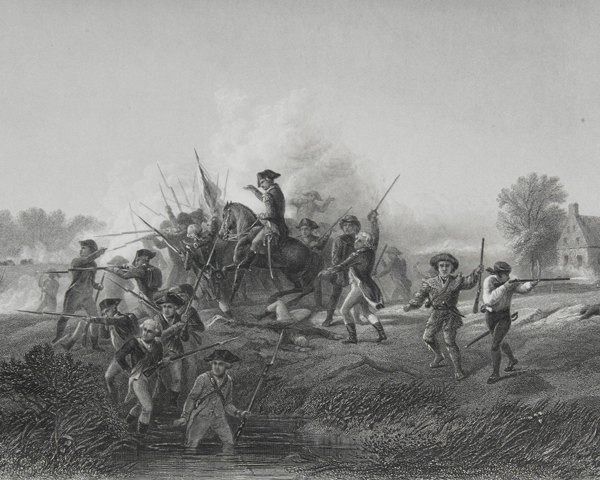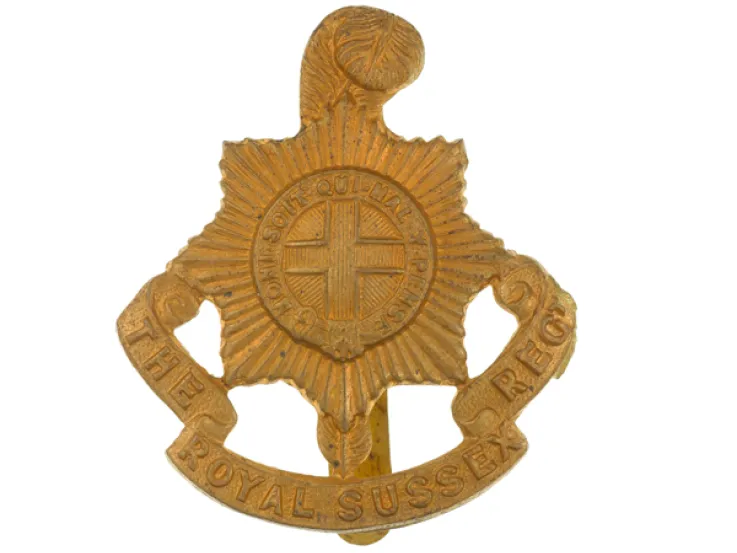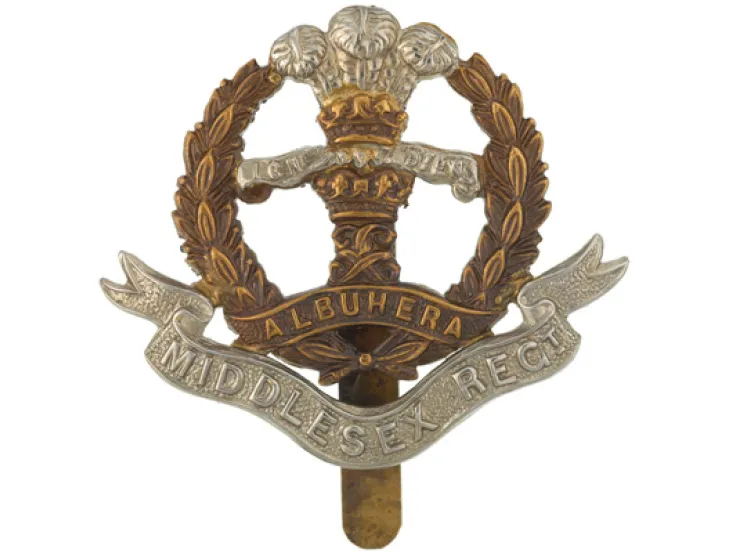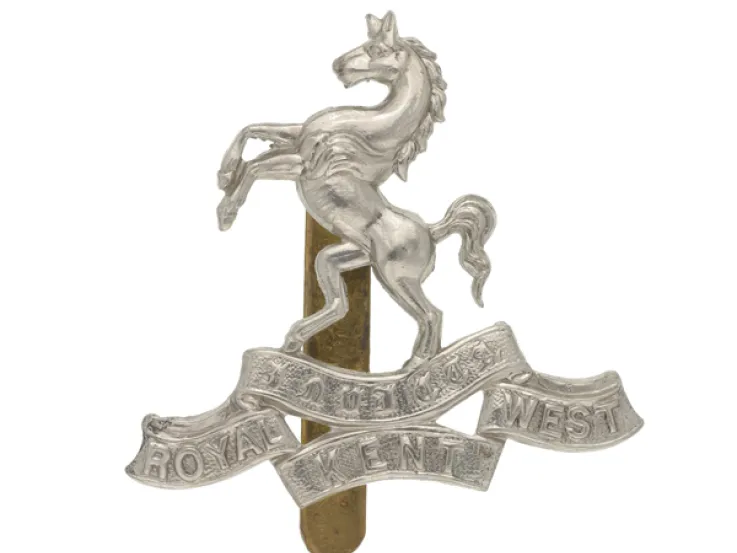Origins
This regiment was raised in Ireland in 1702 by Thomas Meredith, an experienced Protestant officer who had risen to adjutant general. During the War of the Spanish Succession (1702-13), it was posted to Flanders and went on to fight at Schellenberg (1704), Blenheim (1704), Ramillies (1706) and Malplaquet (1709).
The regiment stayed in Europe until setting sail for Canada in 1711. Later that year, it lost 260 men in a shipwreck on the St Lawrence River and had to return to Britain.
Austrian Succession
It remained in England and Ireland for much of the next 45 years, apart from a year spent raiding the Spanish coast in 1719. It also served at Dettingen (1743) and Lauffeld (1747) during the War of the Austrian Succession (1740-48), and against the Jacobites at Falkirk and Culloden between 1745 and 1746.
In 1751, it was given the number 37 in the infantry order of precedence.
Seven Years War
From 1758 to 1763, it served in Germany during the Seven Years War (1756-63), fighting at Minden (1759), Fellinghausen (1762) and Grebenstein (1762).
On the anniversary of the Battle of Minden, the successor units to the six British infantry regiments who fought there wear a rose to symbolise the flowers plucked by their predecessors from the battlefield's hedgerows. In the 37th Foot’s case, the flower also symbolises the red rose of Hampshire.
America
The regiment fought throughout the American War of Independence (1775-83) from 1776, including Long Island (1776) and Yorktown (1781). In 1782, it was given its county designation of North Hampshire.
After the British defeat, it moved to Canada for six years’ garrison duty.
19th century
At the start of the French Revolutionary Wars (1793-1802), the regiment returned to the Low Countries. It served at Tournay (1794), before moving on to Gibraltar in 1796, followed by nine years in the West Indies from 1800.
In 1813, it raised a 2nd Battalion, although this was disbanded just four years later.
1st Battalion began 11 years in Canada in 1814. It was briefly back in England for a year in 1825, before moving to Ireland for 17 years. These long garrison postings set the pattern for the rest of the century.
The regiment was in India for all but ten of the years between 1846 and 1881. It served during the Indian Mutiny (1857-59), including the Siege of Arrah (1857). It returned to England in 1875, but moved on to Ireland again in 1880.
Legacy
In 1881, it was merged with the 67th (South Hampshire) Regiment of Foot to form The Hampshire Regiment.
Regimental museums
The National Army Museum works with a network of Regimental and Corps Museums across the UK to help preserve and share the history and traditions of the Army and its soldiers.
Discover more about the 37th (North Hampshire) Regiment by visiting The Royal Hampshire Regiment Museum in Winchester.












